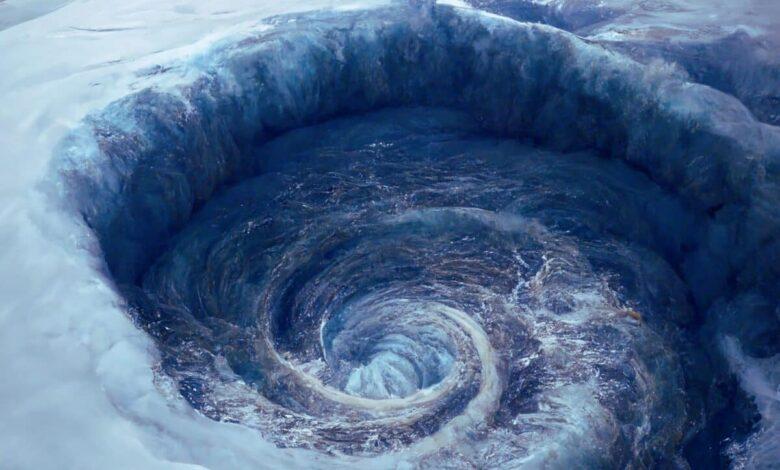Scientists have discovered giant sinkholes under the North Sea that are mysteriously sinking (video)

Researchers have discovered giant geological sinkholes under the North Sea that are sinking in mysterious ways. This discovery significantly affects the modern understanding of underground reservoirs, important for both energy and environmental needs. About this informs Daily Galaxy.
The author of the discovery was professor Mads Huuse. The sinkholes he identified, dubbed “sinkites,” are large mounds of sand that settle in unusual ways, causing a stratigraphic inversion, a process in which older geological layers are exposed on top of younger ones.
During the research, it was recorded how dense sand masses sink into lighter and softer rocks, which leads to a change in the geological structure. According to scientists, we are not talking about local anomalies, but about formations that extend several kilometers under the seabed.
“This discovery reveals a geological process that we have not seen before on this scale. We found structures where dense sand sank into lighter sediments that floated to the surface of the sand, effectively inverting the normal layers we expected to see and creating huge hills under the sea.” Mads Huuse explained.
The formation of syncyts took place millions of years ago — in the period from the late Miocene to the Pliocene. Seismic activity at the time likely loosened the sand, which seeped through cracks in the seabed, sinking deeper and displacing lighter, more porous materials from below. As a result, a layer of microscopic marine fossils rose to the surface.
“This study shows how fluids and sediments can move in the Earth’s crust in unexpected ways. Understanding how these sinkholes formed could fundamentally change our understanding of underground reservoirs, sealing, and fluid migration—all of which are vital to carbon capture and storage.” – notes the scientist.
One of the most exciting aspects of the discovery is its potential benefits for the energy and environmental sectors. A deeper understanding of the behavior of sediments and fluids in the Earth’s crust is important for areas such as oil and gas production, as well as carbon capture and storage technologies. The obtained results can help to more accurately determine promising areas of hydrocarbon deposits and safe underground storage of CO₂.





